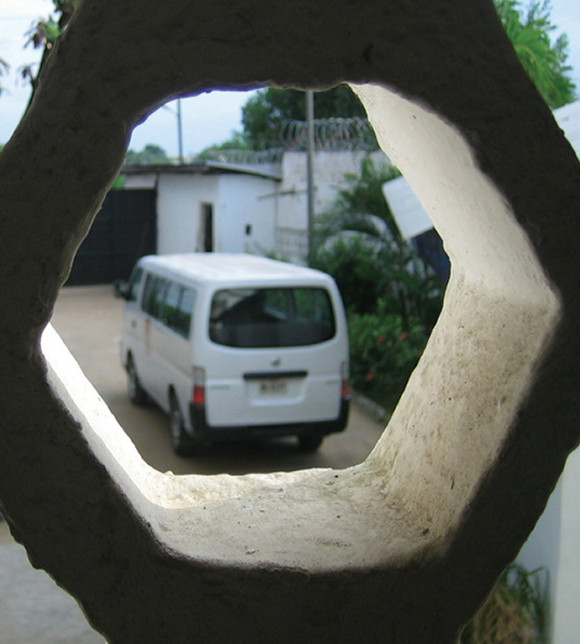
Aid Worker Security Report 2021 - Crime risks and responses in humanitarian operations
Historically, the most dangerous operational settings for aid workers have been places where armed conflict is occurring. Most of the aid worker casualties (fatalities, serious injuries and abductions) result from attacks by non-state armed actors engaged in asymmetric conflict and advancing some sort of political, strategic or ideological objectives. But aid workers also face significant risks from violent ‘common’ criminals who attack for purely economic or opportunistic reasons. In many insecure operational settings today, economic criminality (as opposed to attacks by conflict actors) accounts for a third or more of serious incidents against aid workers and can involve extreme violence.
How aid workers and their organisations understand and mitigate these two types of risk is the subject of this edition of the Aid Worker Security Report. The research includes quantitative data on perpetrators and motives recorded in the Aid Worker Security Database (AWSD), augmented by global crime statistics and individual aid organisations’ incident records. We also interviewed external experts on criminology along with humanitarian security professionals and programme managers from high-risk operational contexts. The report examines the relationship between political violence and economic crime in humanitarian contexts, the challenges for humanitarians in analysing and addressing the crime threat, and ideas for new approaches from inside and outside the humanitarian sector.
Suggested Citation
Stoddard, A., Harvey, P., Czwarno, M. & Breckenridge, M.-J. (2021). Aid Worker Security Report 2021: Crime risks and responses in humanitarian operations, Humanitarian Outcomes, October